What are the symptoms of Lyme disease? AONM Health Hub
Gum disease can make your teeth fall out! Tiew Dental Clinic Malaysia
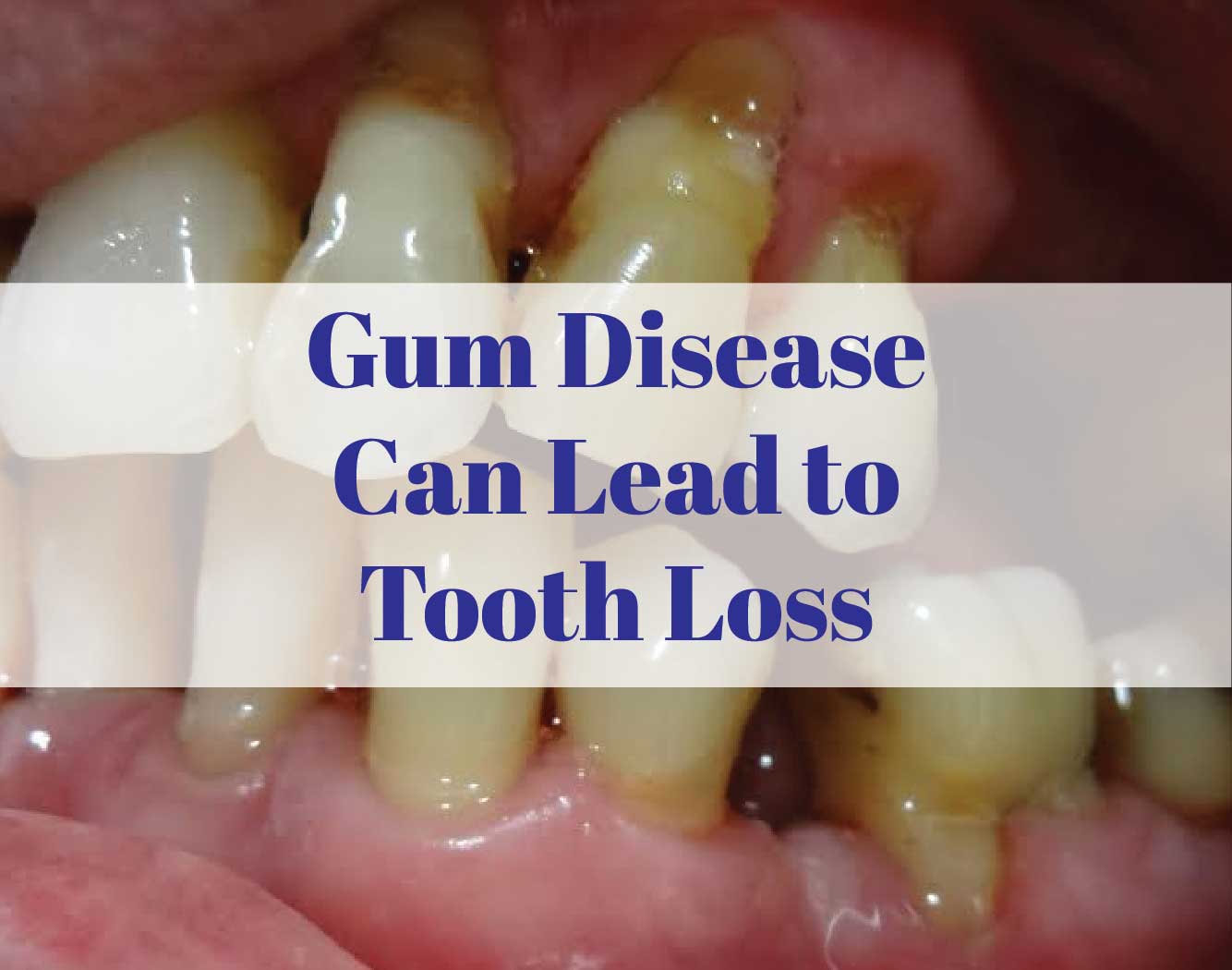
Lyme disease is difficult to diagnose, but your dentist may be able to make the call accurately. People with Lyme disease report pain in their teeth, chewing muscles and jaw joints, according to the Academy of General Dentistry. About 60 percent of patients with the disease reported dental pain that moved from tooth to tooth.
Dentists Urged to Be Alert to Lyme Disease and Its Symptoms Dentistry Today

The type of Lyme disease common in Europe can cause a skin condition called acrodermatitis chronic atrophicans. The skin on the backs of the hands and tops of the feet get discolored and swell. It also may show up over the elbows and knees. More-serious cases may cause damage to tissues or joints.
Periodontal Treatment Milwaukee, WI Czaplicki Family Dentistry
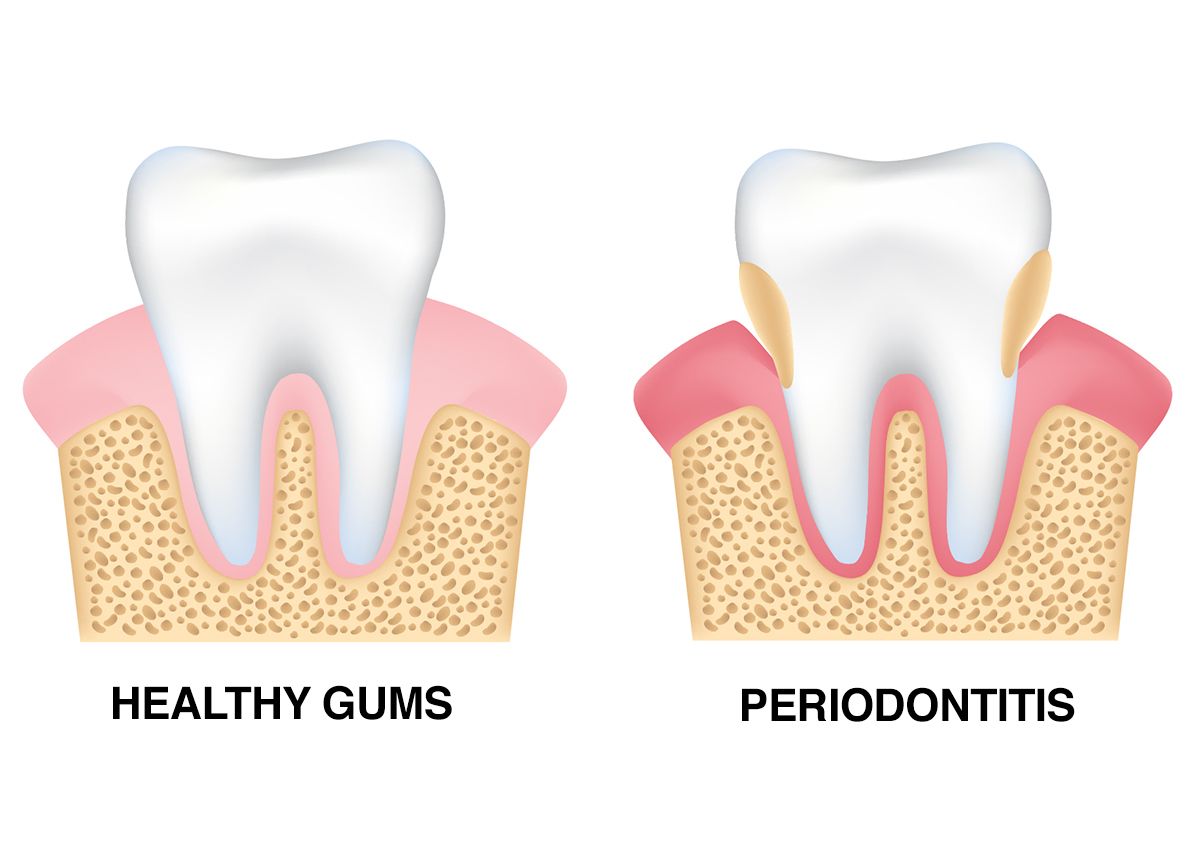
4. Headaches, dizziness, fever. Other common flu-like symptoms are headaches, dizziness, fever, muscle pain, and malaise. About 50 percent of people with Lyme disease have flu-like symptoms within.
Lyme Disease (Borreliosis) FOAMcast
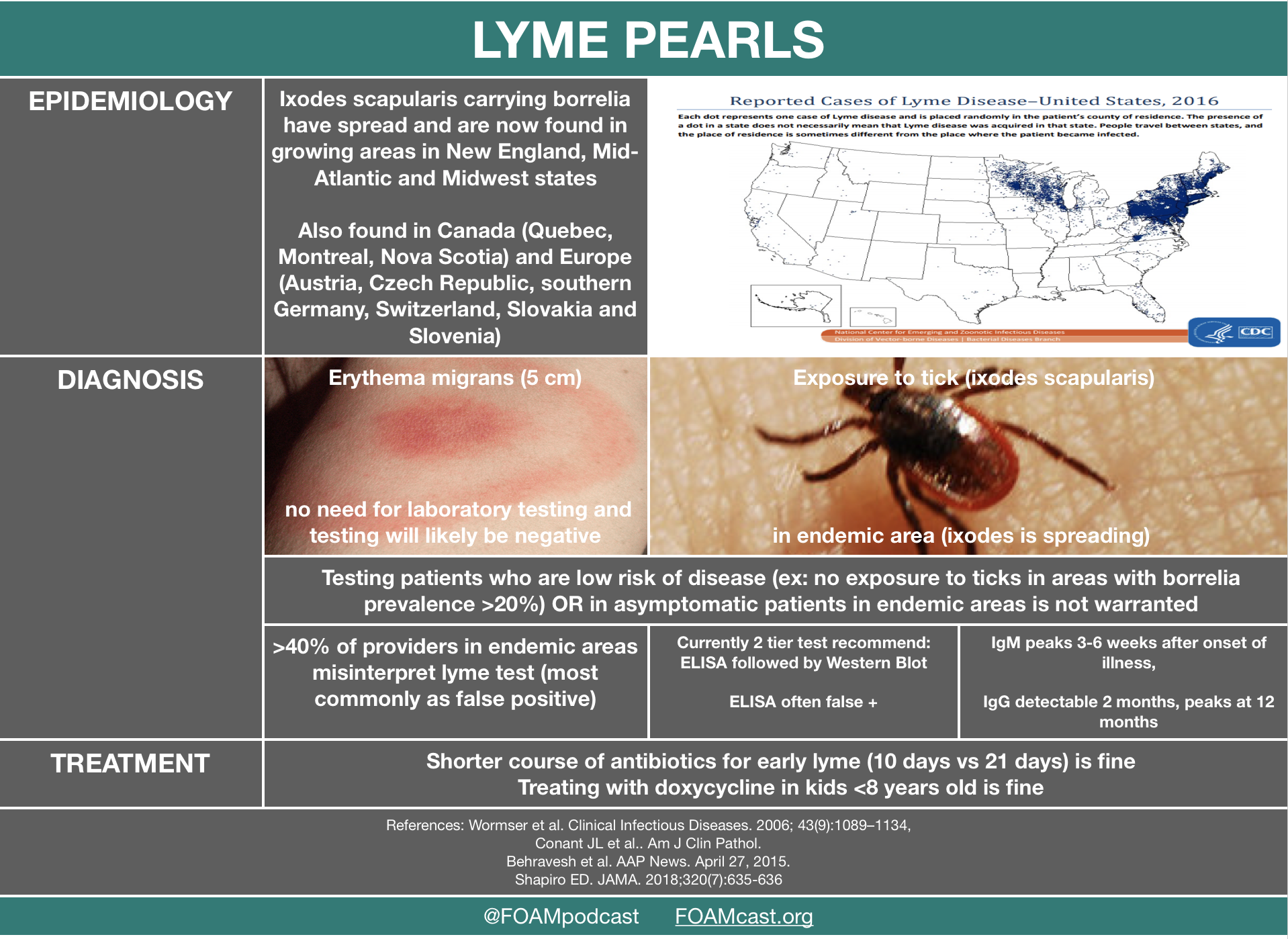
The connection between Lyme disease and dental issues is a two-way street. While Lyme-related microbes can infest in root canal-treated teeth (where the blood supply is cut off) harbors spirochetes. Spirochetes are usually seen with chronic periodontitis which also presents with systemic inflammation symptoms that can worsen infections related.
Periodontal Disease Not Cavities Is the Leading Cause of Tooth Loss Oral Answers
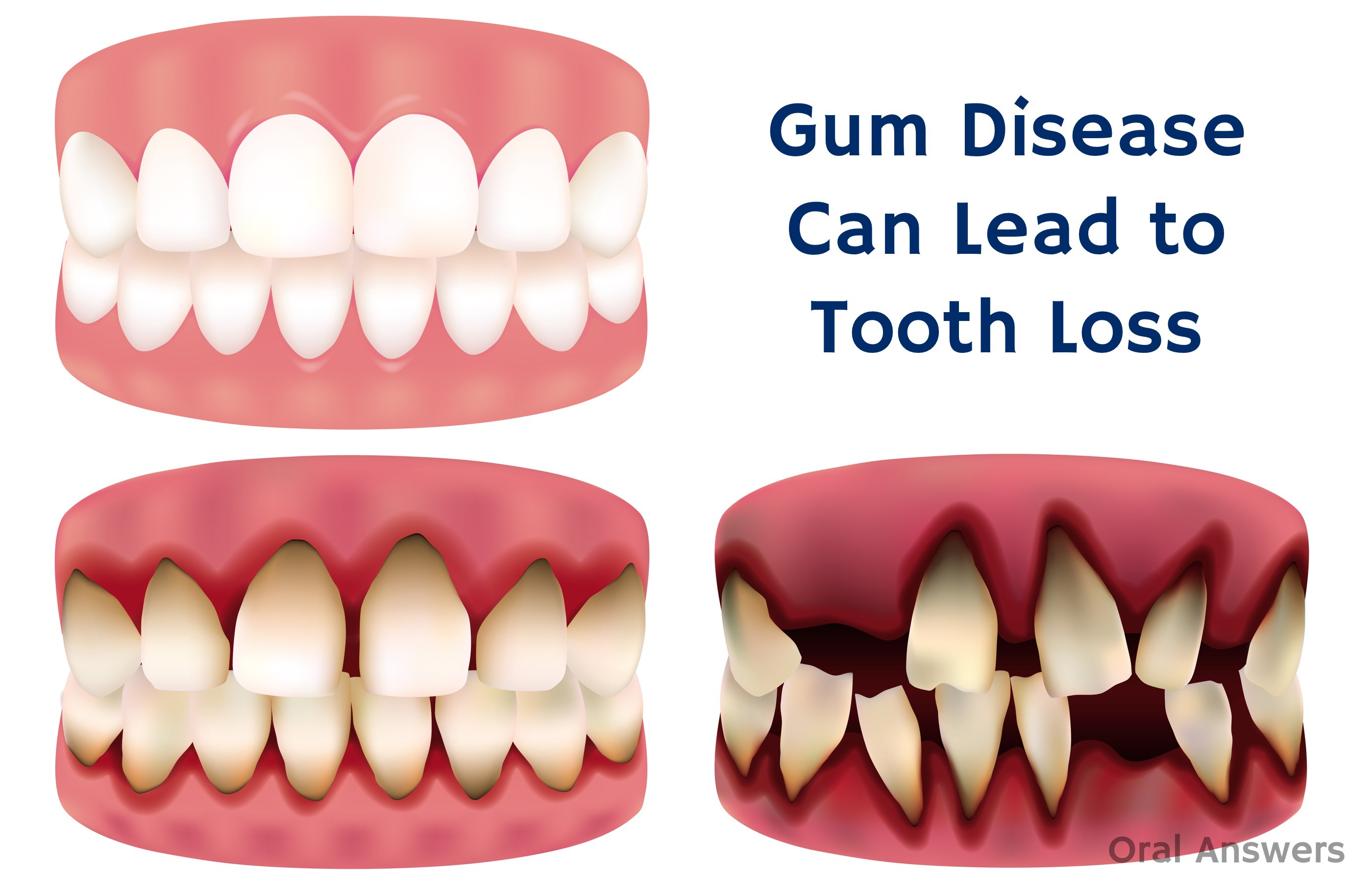
Lyme disease is caused by exposure to Borrelia burgdorferi, an ancient spirochete bacterium dating back millions of years. It's an extremely adaptable microbe that can infect most anything with blood. Today, it commonly infects mammals, birds, and even some reptiles. Lyme disease is one of the fastest growing and most difficult diseases in.
Scaling and Root Planing Williams Square Dental

The bacteria enter the heart in about 1 out of every 100 cases of Lyme disease. This complication can be life threatening, with 11 reported deaths between 1985-2019 worldwide.
What are the symptoms of Lyme disease? AONM Health Hub
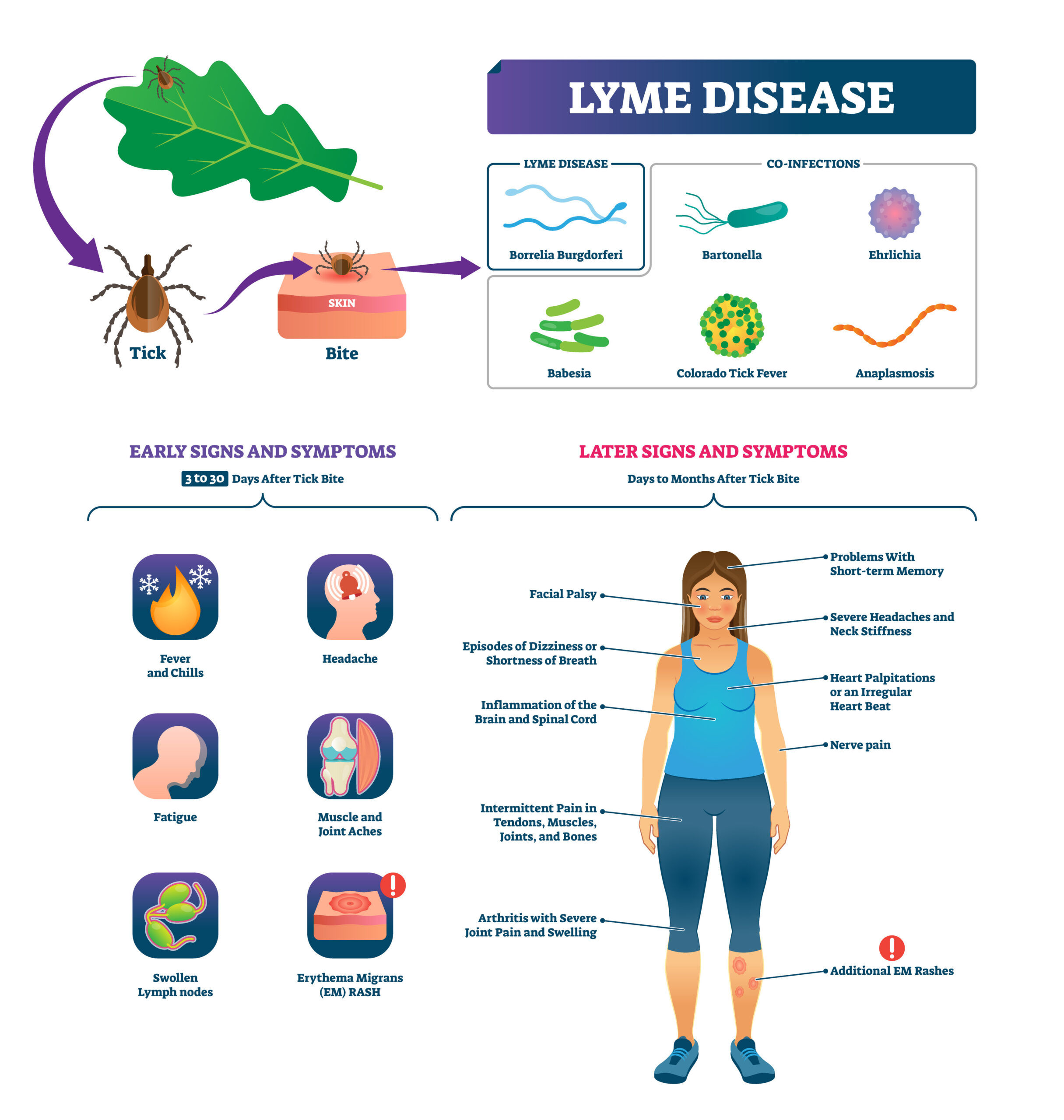
Lyme disease has been found to have an impact on dental health, particularly due to the presence of spirochetes, the bacteria that cause Lyme disease, in the oral cavity. These spirochetes can affect the gums and teeth, leading to oral health issues such as chronic periodontitis. When the oral pH is low, creating an acidic environment, it can.
Cases of debilitating Lyme disease could be going undiagnosed UK News Sky News

The need to know. "Any health care provider — including dental practitioners — should be aware of the risk factors for Lyme disease, know about its signs and symptoms, and consider Lyme disease as a differential diagnosis for atypical pain in the orofacial area," says Dr. Mello. "This is particularly important when there is no obvious.
Bella Hadid shares update on Lyme disease diagnosis after suffering from tooth infection

There has been a resurgence in the cases of Lyme Disease in recent years as weather changes and other factors have led to an expansion in the tick population, with it spreading to new areas. People are also concerned about whether Lyme Disease can make teeth fall out, as it has a complex connection with our oral health. The bacteria behind this.
Tooth Loss due to Periodontal (Gum) Disease. YouTube

Symptoms of oral presentations. Symptoms associated with Lyme disease include headache and facial pain that often mimics dental pathology and temporomandibular (such as TMJ) disorders. Other oral symptoms can be: Dry mouth. Tooth sensitivity. Pulpitis, or the oral inflammation of dental pulp. Bell's palsy, or partial facial paralysis.
A Piece of Tooth Fell Off! Is That an Emergency? Dental Health Society
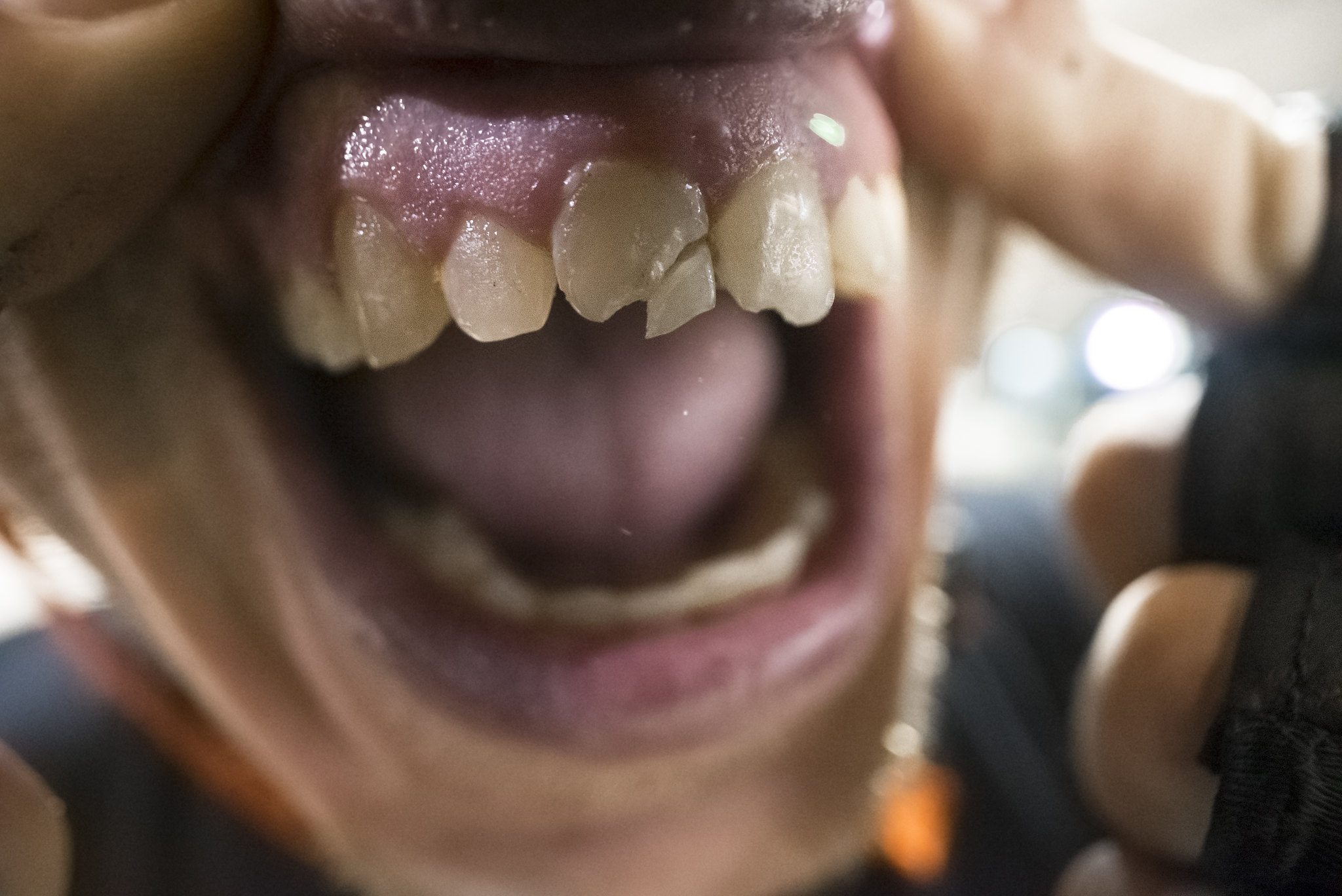
However, while Lyme disease has been reported as having connections to dental health associated with the bacteria being able to live in the dentin of teeth, it's not known to cause teeth to fall out. Vomiting blood also isn't a widely reported symptom, so it's highly unlikely that Archie's illness can actually be explained by Lyme.
Ticks and Lyme Disease Know The Symptoms of Lyme Disease Lyme disease, Lyme, Disease

Lyme disease can cause symptoms including jaw pain, difficulty chewing, facial numbness, and tooth sensitivity, suggesting potential effects on oral health. Chronic inflammation caused by Lyme disease could potentially affect teeth and gums, leading to oral health problems including tooth loss. Effective prevention of Lyme disease and.
Receding Gums Symptoms, Diagnosis, Causes, and Treatment
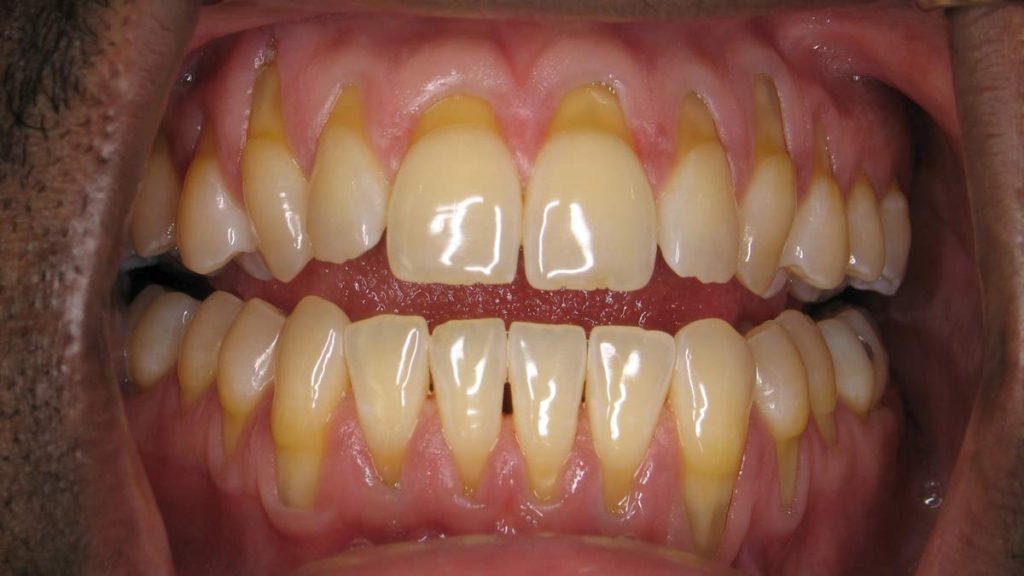
The Lyme disease bacteria live in the dentin layer of the tooth but not in the enamel. When Lyme disease is in the mouth it can present with symptoms similar to TMJ but can also be identified through the following symptoms: Dry mouth. Tooth sensitivity. Dental pulp inflammation. Inflammation of the salivary gland.
At What Stage of Decay do Teeth Begin to Fall Out? Bastrop Denture & Implant Center
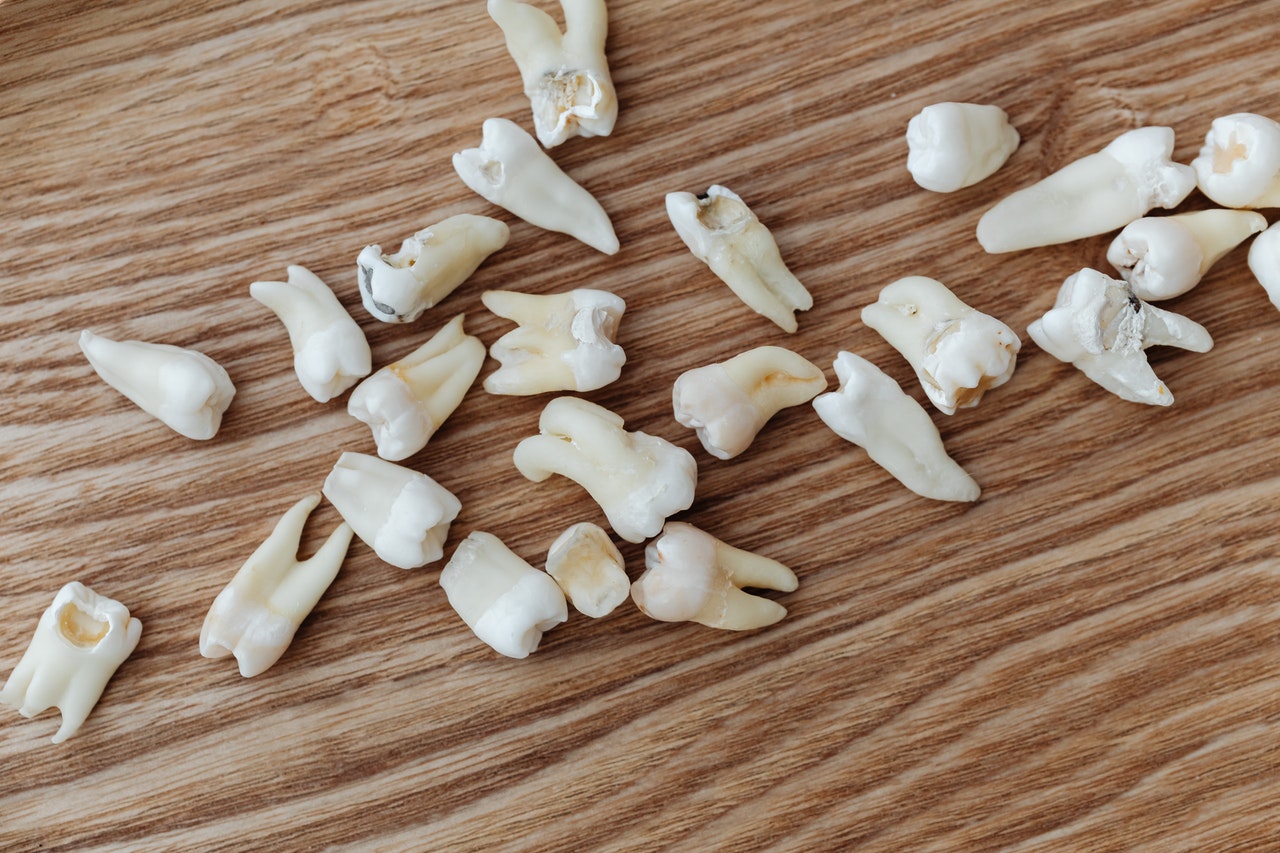
The connection between Lyme disease and dental issues is a two-way street. While Lyme-related microbes can infest the root canals or damage teeth, certain metals in the mouth can also contribute to the symptoms related to Lyme disease. For example, dental toxicity can lead to symptoms you wouldn't otherwise assume were caused by your oral.
Lyme Disease Symptoms That's How You Recognize Them Women's Alphabet
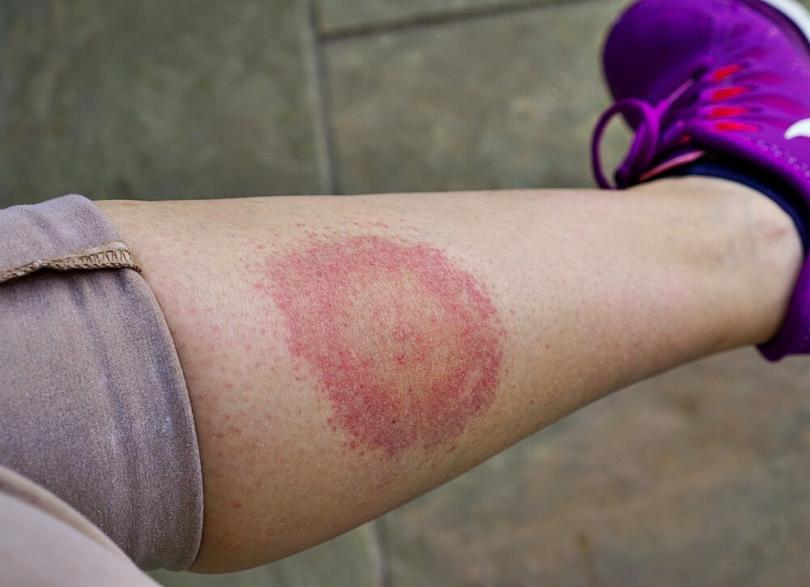
If there is no obvious tick bite, Lyme disease can go undiagnosed, bringing much suffering to the patient." Lyme disease is caused by a bacterium spread by infected blacklegged ticks. According to the Nova Scotia government, its entire province is an at-risk area for the disease. The patient had been camping in two high-risk areas in Nova.
If you find a tick on your dog, remove it immediately. Ticks can transmit disease. If you live

Lyme disease is caused by infection with the bacterium Borrelia burgdorferi. Although most cases of Lyme disease can be cured with a 2- to 4-week course of oral antibiotics, patients can sometimes have symptoms of pain, fatigue, or difficulty thinking that last for more than 6 months after they finish treatment.